The Marquesas Islands, situated 1,500 km northeast of Tahiti, are a land of tales and legends. Known as Te Henua ‘Enata in the Marquesan language, meaning ‘The Land of Men’, these islands boast a rugged landscape with craggy mountains, cascading waterfalls, and majestic bays. The islands are home to an impressive number of archaeological sites, and wherever you go, you are enveloped by the spiritual force that is intrinsic to Marquesan culture: the mana.
Why visit the Marquesas Islands?
Not-to-be-missed
What to do in the Marquesas Islands?
Rugged and mystical, the Marquesas Islands are a place where ancestral culture thrives. Enjoy hiking, horseback riding, and exploring superb dive sites, all while discovering an immense wealth of archaeological treasures. Your holiday will be filled with unforgettable moments and wonderful memories.
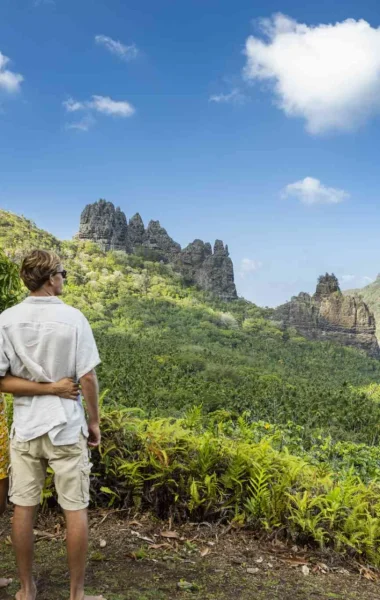
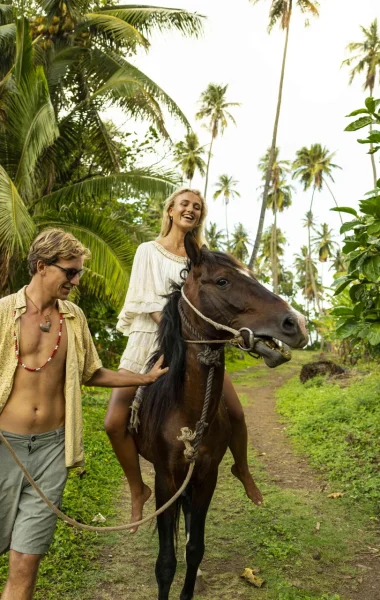
You’ll also enjoy
Activities in the Marquesas Islands
Follow in the footsteps of Brel and Gauguin, or explore the hills and valleys on horseback. Engage in a multitude of activities designed to help you discover and appreciate the rich culture and natural beauty of the ‘Land of Men‘.
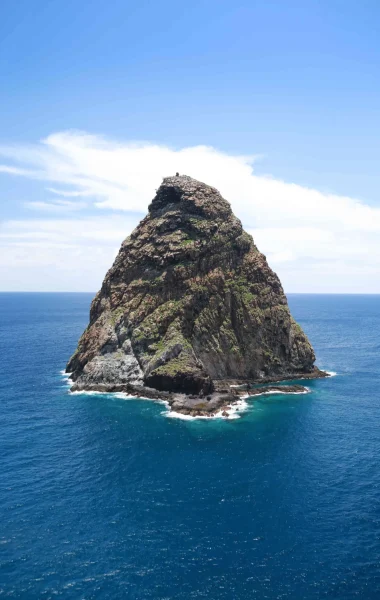
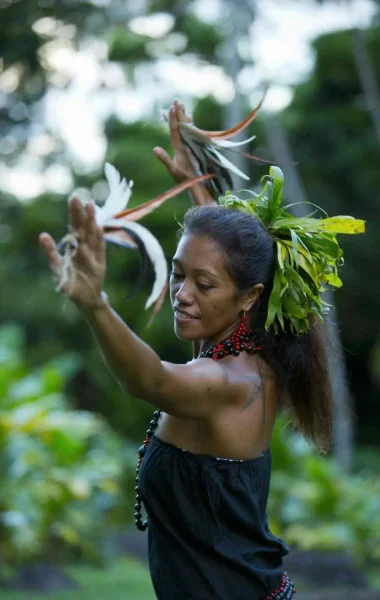
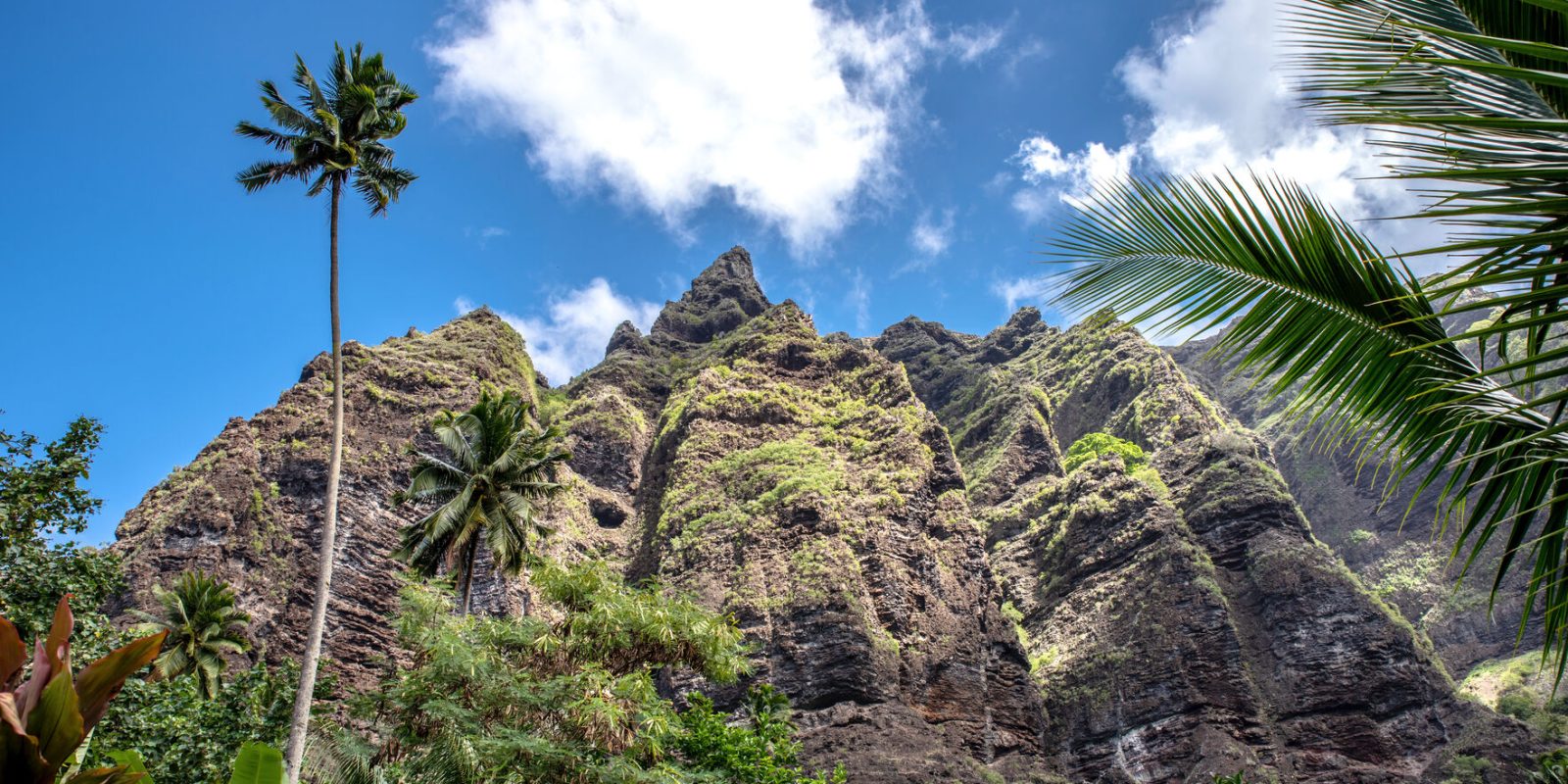
The Most Beautiful Sites in the Marquesas Islands
The Marquesas Islands offer an array of breathtaking sites, making it nearly impossible to choose just ten. The rough beauty, thriving culture, and intriguing history of these islands create a truly unique and captivating destination. Here are some of the must-visit locations in the ‘Land of Men‘.
Transport
Getting here and getting around
The Marquesas Islands may be far-flung, but you can reach them by plane in just a few hours or by boat in a few days, depending on your preference and schedule.
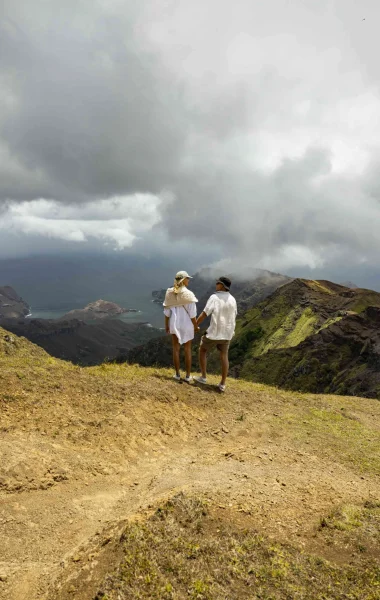
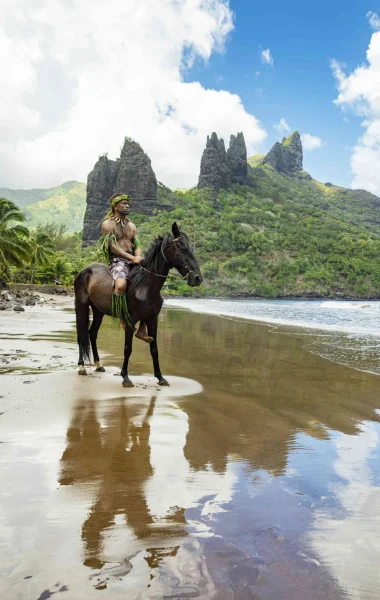
Be inspired
Experiences
The Marquesas Islands are abundant in natural wonders and steeped in traditional culture. Experience the Mana, the spiritual essence, in the ‘Land of Men‘.
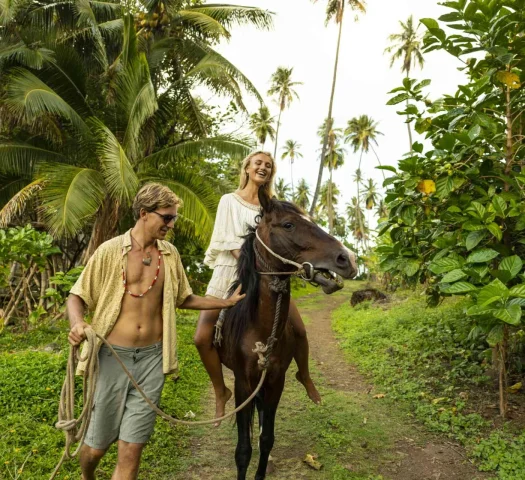
Holiday packages for the Marquesas Islands
Book Your Trip
Latest offers
Explore our curated holiday packages for French Polynesia. Meet the locals, explore the beautiful islands, and embrace the coveted island lifestyle.
14 days
Silversea Society Islands, Tuamotus and Marquesas Cruise
Bora Bora, Fakarava, Marquesas Islands, Moorea, Other Tuamotu Islands, Raiatea, Rangiroa, Tahiti
14 days
Discover the Marquesas islands by sea
Marquesas Islands, Other Tuamotu Islands, Rangiroa, Tahiti
11 days
Austral Islands, Bora Bora, Fakarava, Marquesas Islands, Other Tuamotu Islands, Raiatea, Tahiti
18 days
Aranui 5: Marquesas Islands & Hilton Tahiti – The Journey of a Lifetime 18 Days
Fakarava, Marquesas Islands, Other Tuamotu Islands, Rangiroa
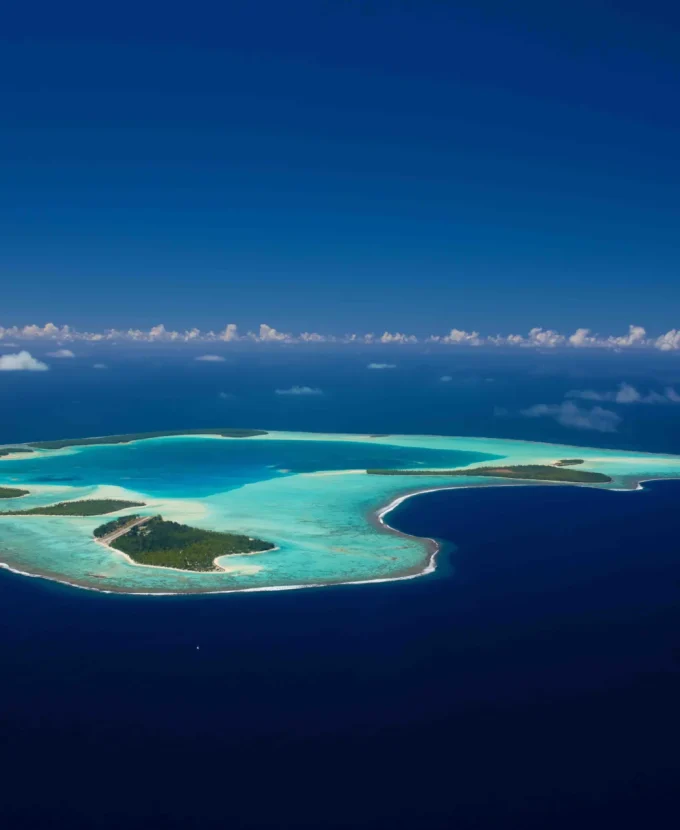
Plan the trip of your dreams
3 good reasons to book a travel agent
Certified Tahiti Specialist
has in-depth knowledge of the destination, enabling us to offer you unique activities and experiences.
Your customized agent
to suit your preferences and budget.
Your agent assists you
throughout your stay to make every moment of your trip a memorable one.
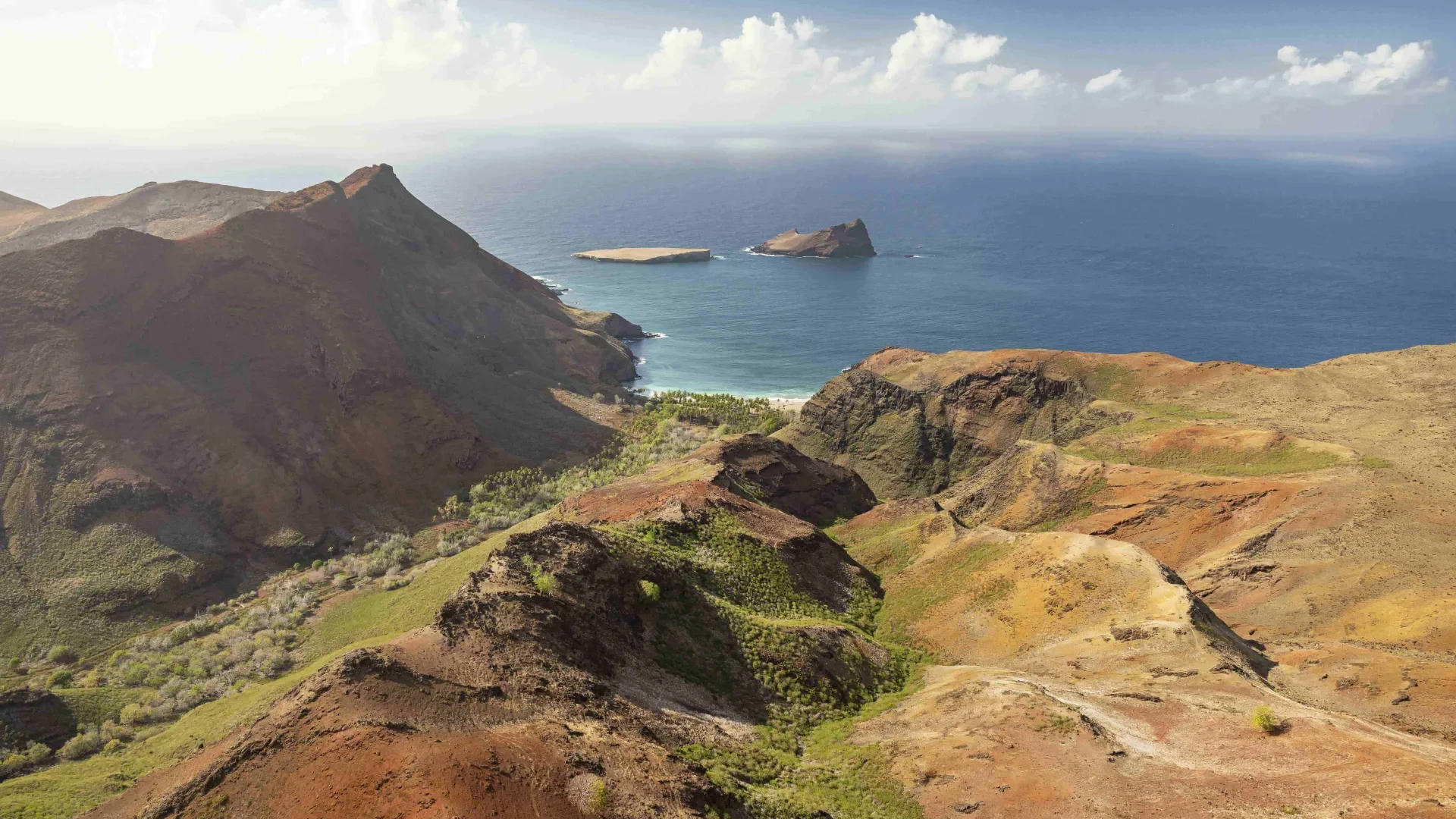
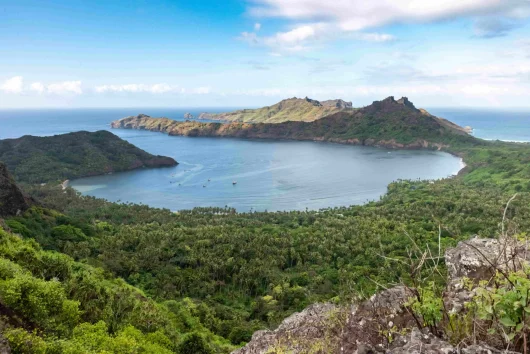
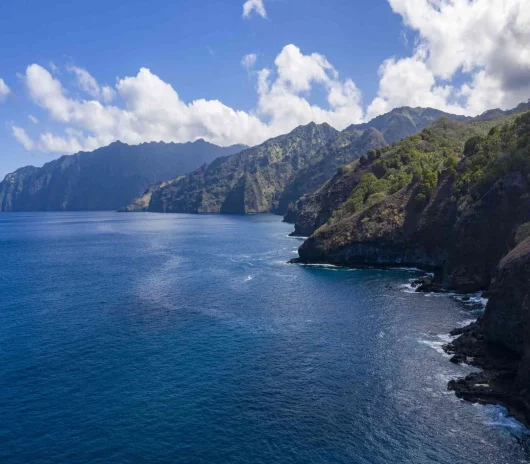
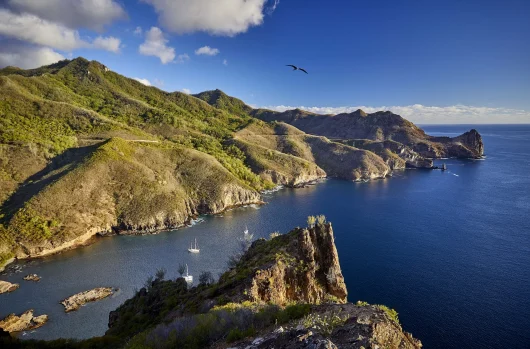
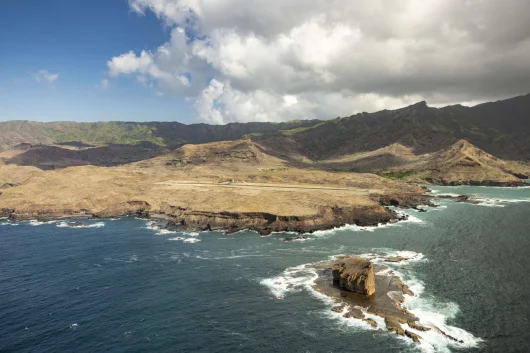
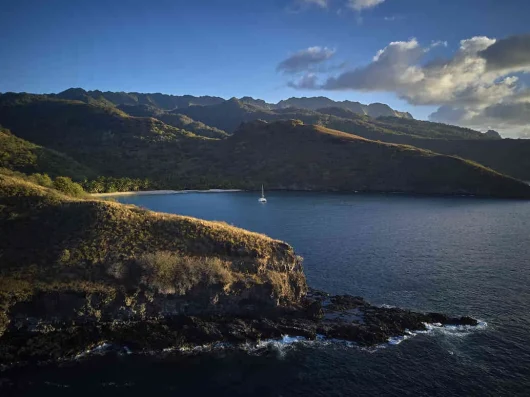
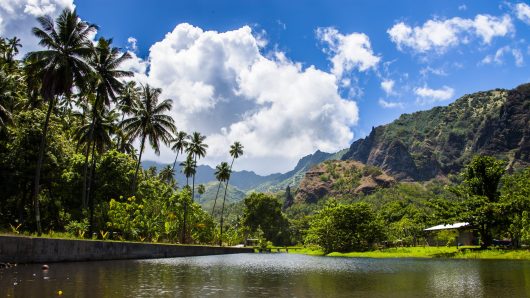
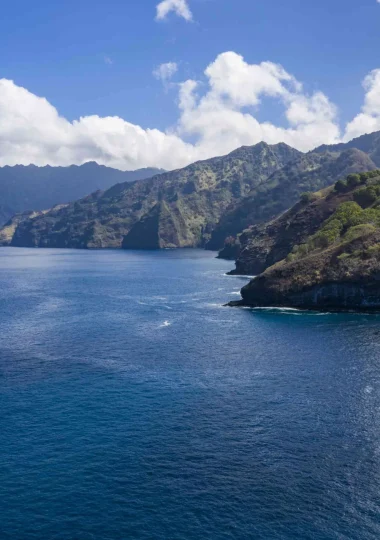
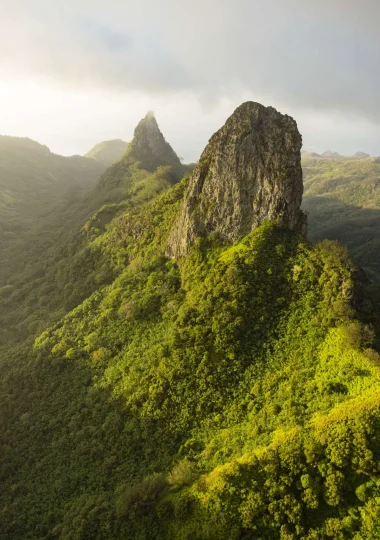
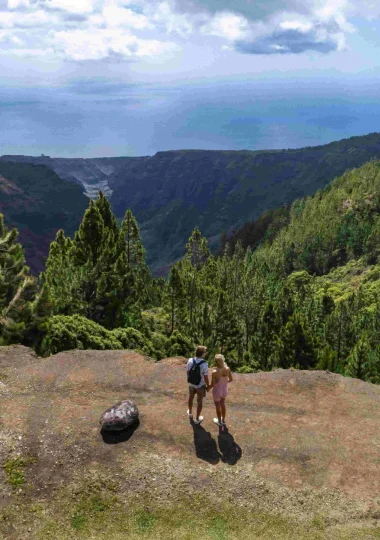
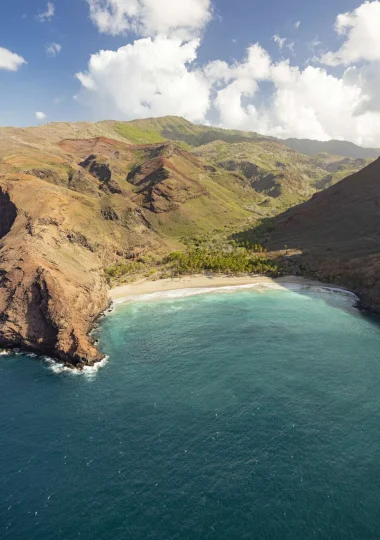
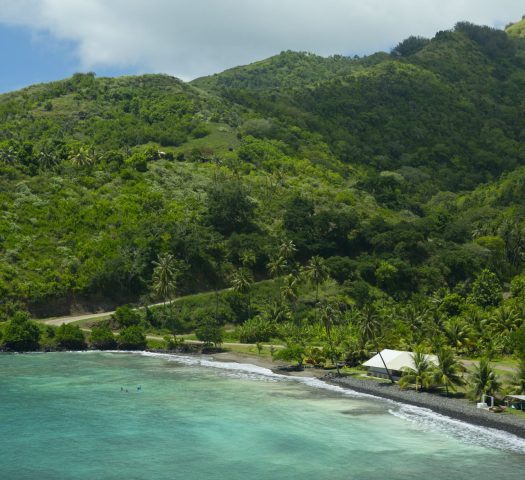
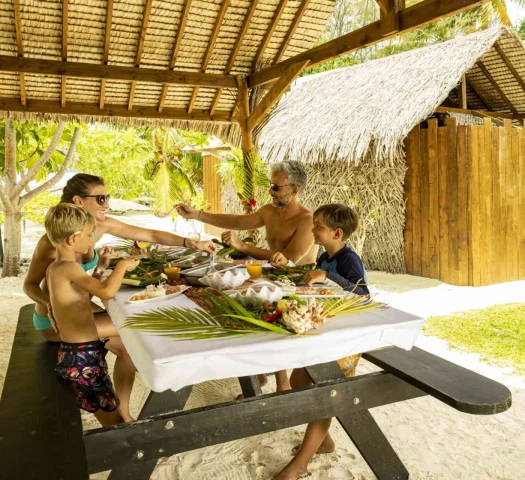
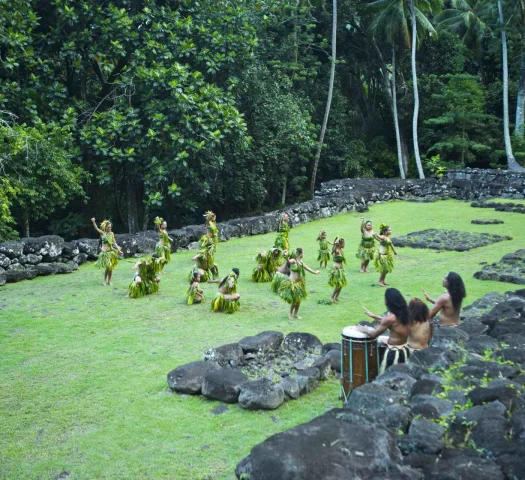
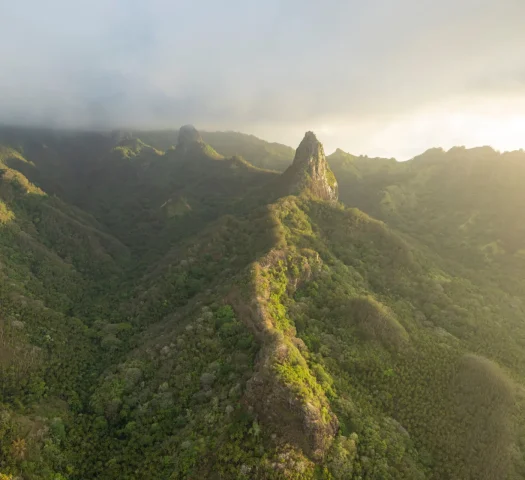
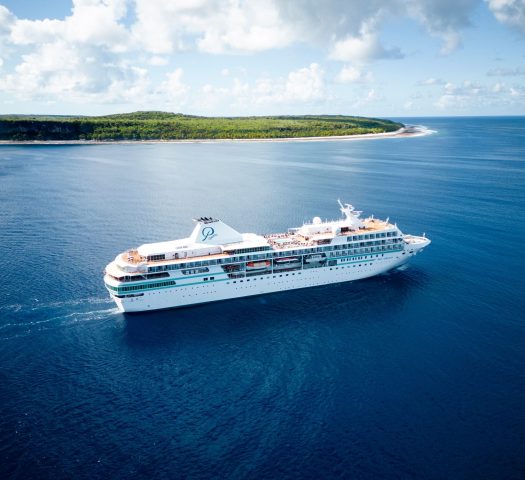
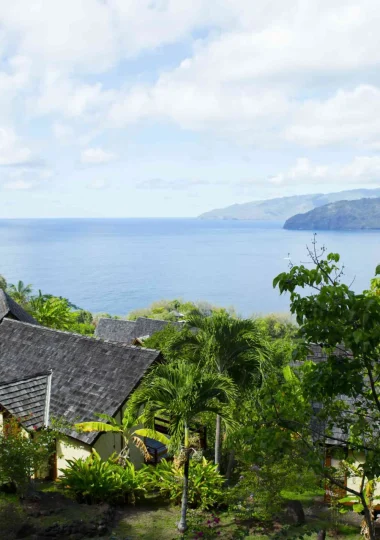
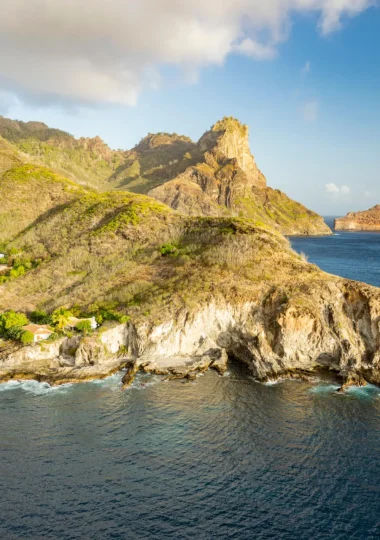
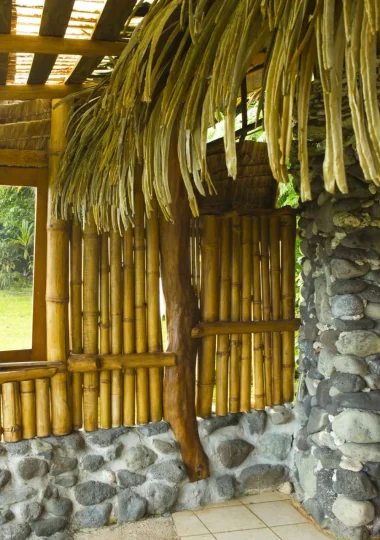
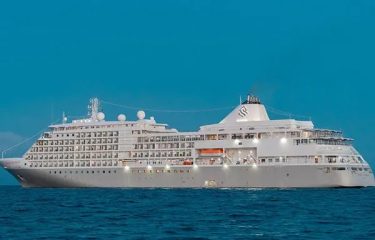
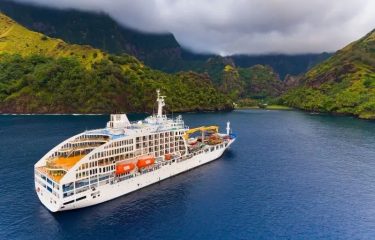
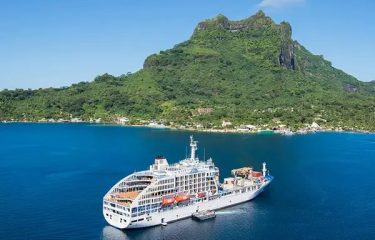
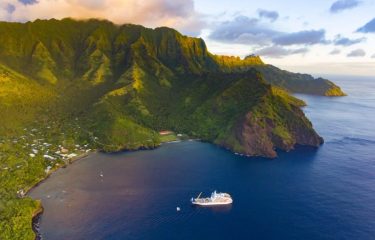



 Australia
Australia
 Belgique
Belgique
 Brasil
Brasil
 Canada (EN)
Canada (EN)
 Canada (FR)
Canada (FR)
 Chile
Chile
 Deutschland
Deutschland
 España
España
 France
France
 Italia
Italia
 Mexico
Mexico
 Polynésie française
Polynésie française
 New Zealand
New Zealand
 Schweizerisch (DE)
Schweizerisch (DE)
 Suisse (FR)
Suisse (FR)
 United Kingdom
United Kingdom
 United States
United States
 한국
한국
 中国
中国
 日本
日本